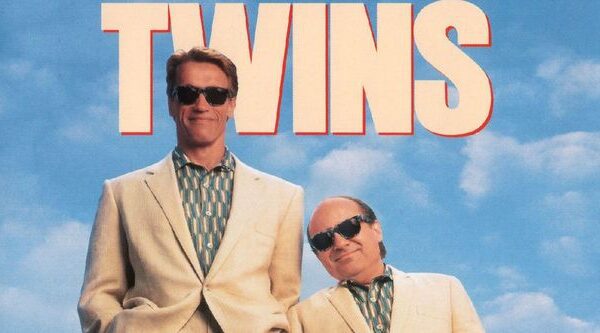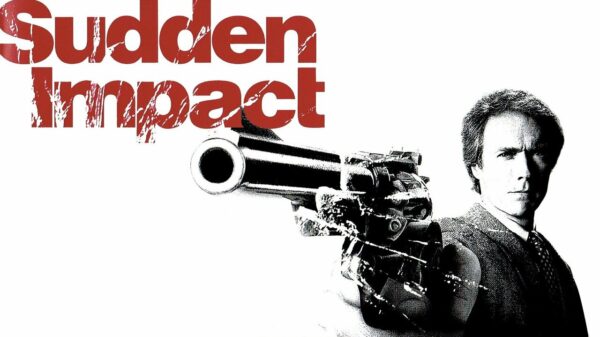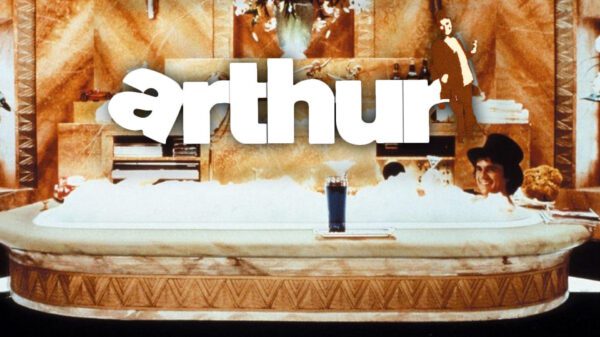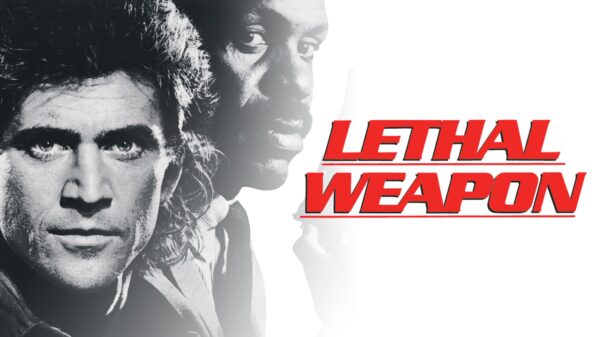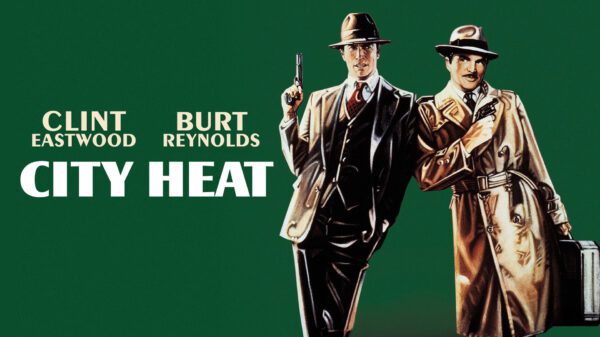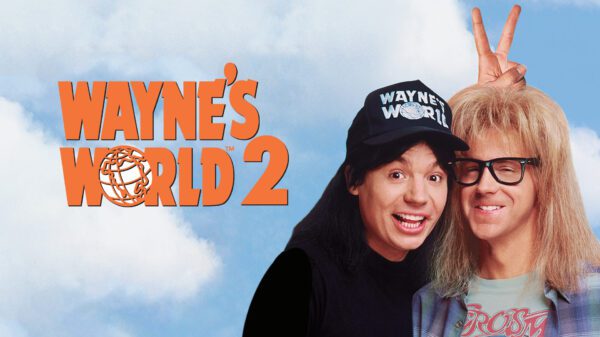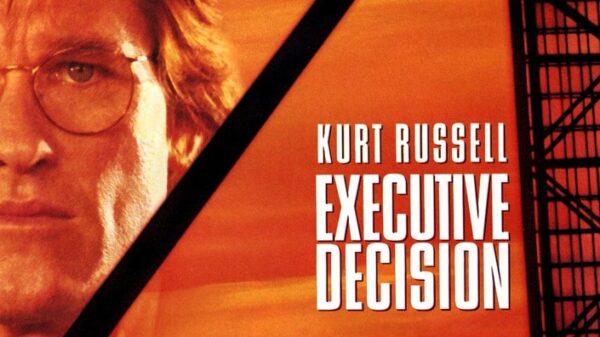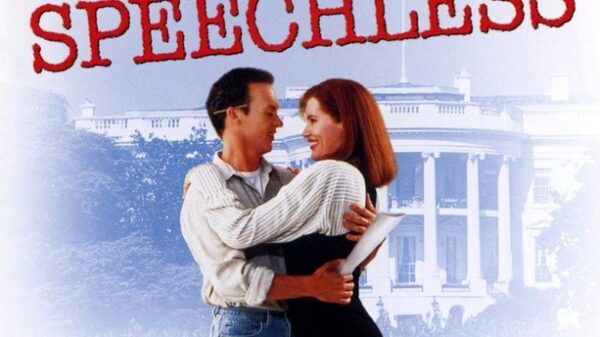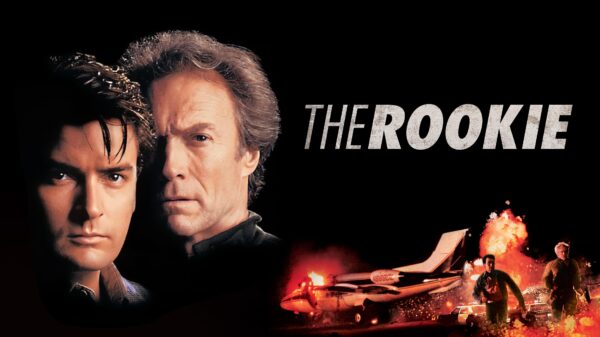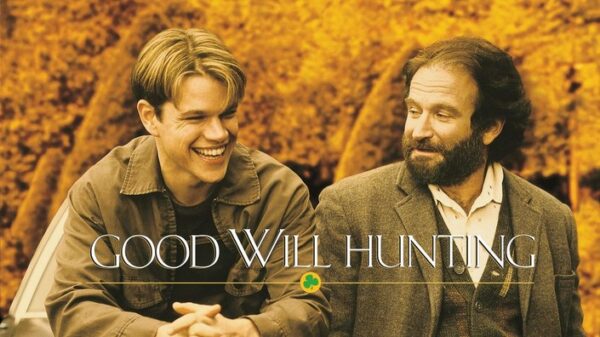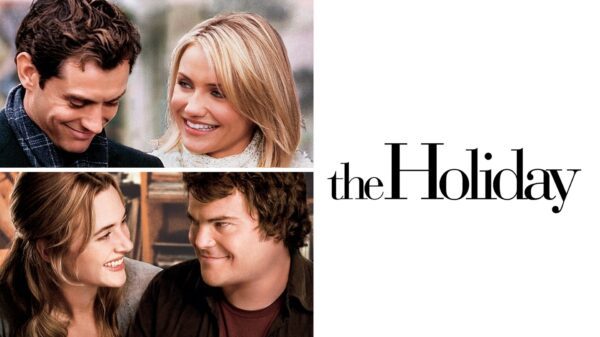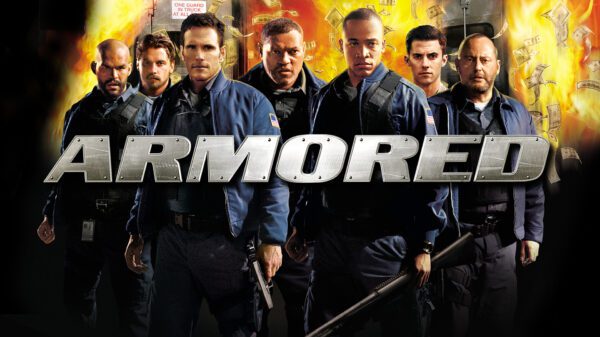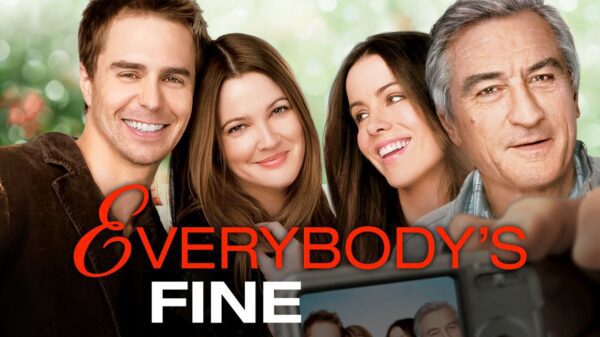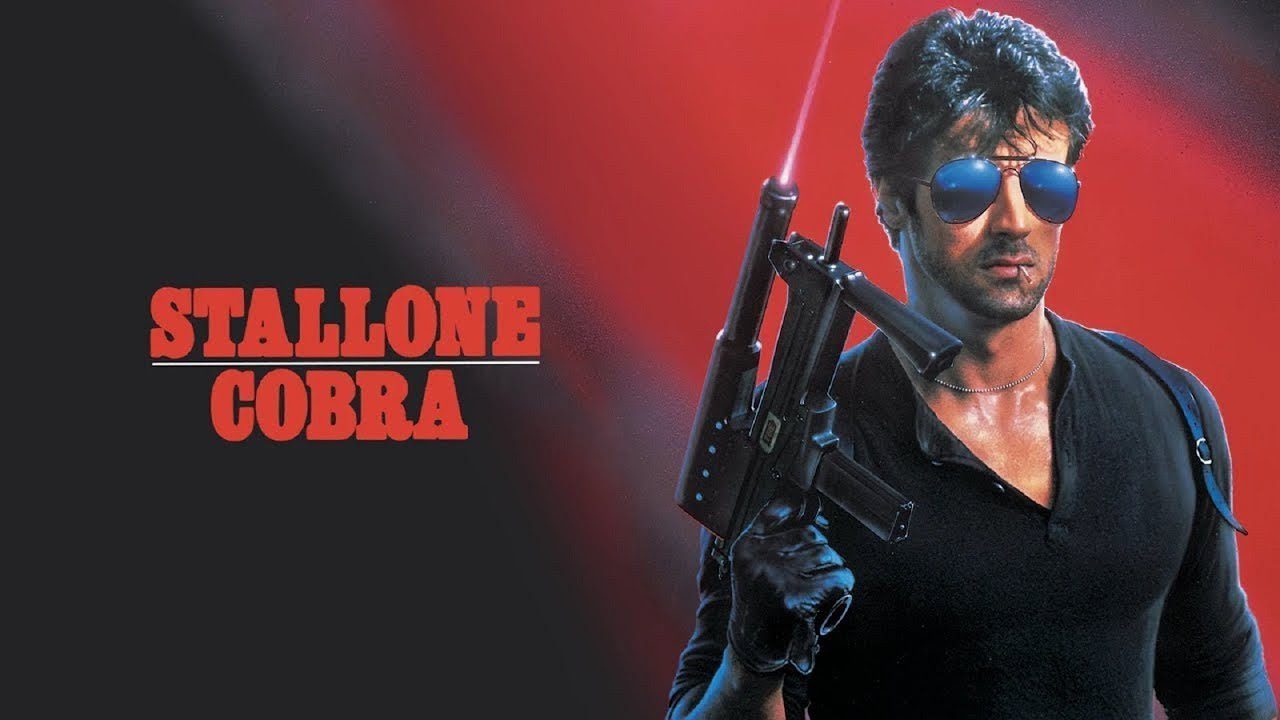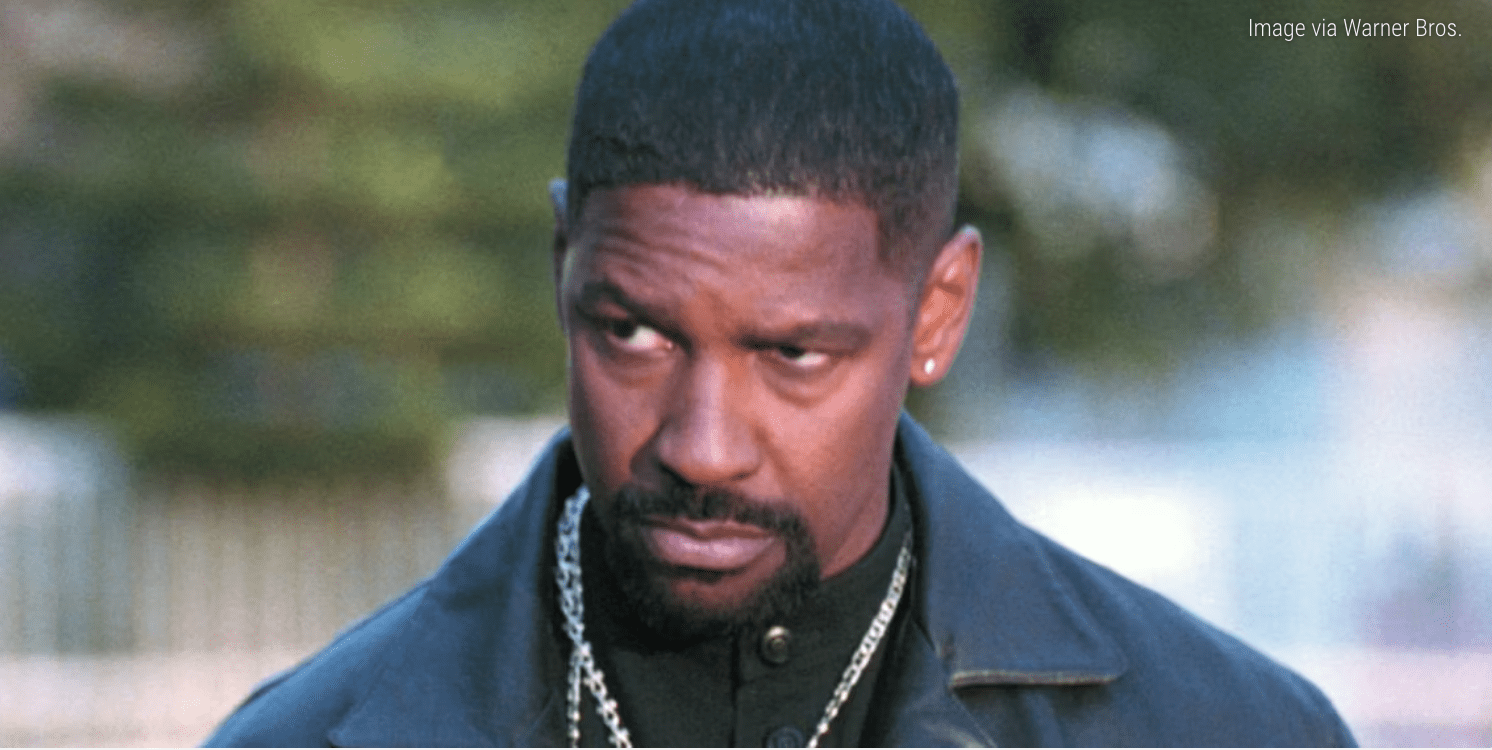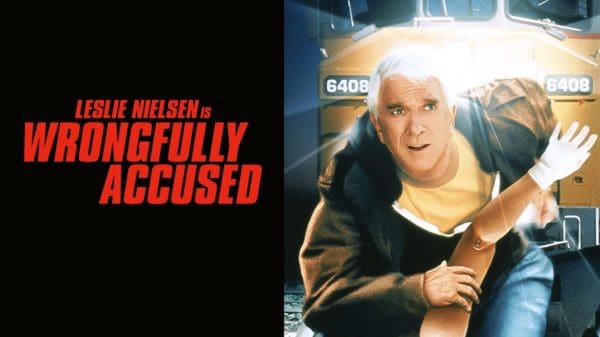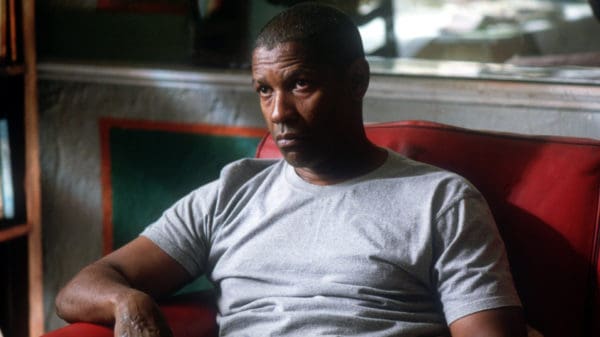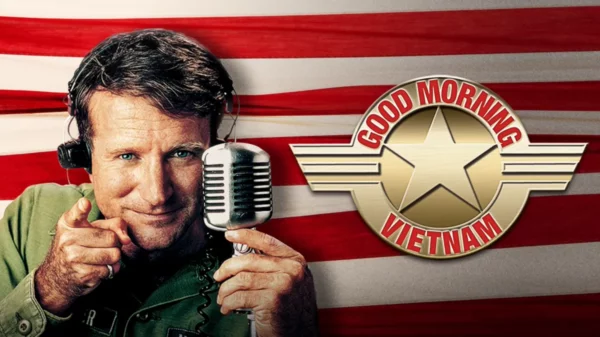Cobra, released in theaters on May 23, 1986, is a quintessential Sylvester Stallone vehicle, delivering exactly what fans expected from the era’s action heroes: a relentless pursuit of justice, explosive violence, and a lone wolf protagonist. The film is a dark and intense dive into the underbelly of urban crime, even if its narrative is straightforward.
The plot centers on Lieutenant Marion “Cobra” Cobretti (Stallone), a no-nonsense, unorthodox police officer working for the Los Angeles Police Department’s “Zombie Squad.” He’s called in for the cases no one else can handle, often using extreme measures to bring down criminals.
His latest challenge involves a dangerous cult of psychopathic killers, led by the chilling Night Slasher (Brian Thompson), who believe in “New World” order and are terrorizing the city. When a model, Ingrid Knudsen (Brigitte Nielsen), witnesses their latest murder, she becomes their next target, and Cobra is assigned to protect her, leading to a high-octane chase across the city and into the desolate countryside.
Stallone embodies the stoic, tough-as-nails persona of Cobra, complete with his signature aviator sunglasses, matchstick, and a custom .45 Colt pistol. He delivers the one-liners with a grim determination, perfectly fitting the character’s relentless pursuit of evil.
Nielsen, as Ingrid, provides the vulnerable yet resilient damsel in distress, forming an unlikely bond with Cobra.
Reni Santoni plays Sergeant Tony Gonzales, Cobra’s loyal partner, offering a much-needed human element to the otherwise bleak landscape. Andrew Robinson excels as Detective Monte, the skeptical and by-the-book officer who clashes with Cobra’s methods, while Brian Thompson delivers a truly menacing performance as the terrifyingly unhinged Night Slasher, making him a memorable villain.
George P. Cosmatos, who previously directed Stallone in Rambo: First Blood Part II, brings a similar gritty and visceral style to Cobra. The film is relentless in its pacing, with frequent action sequences, car chases, and brutal confrontations. The atmosphere is dark and nihilistic, reflecting the grim reality of the urban crime depicted.
While the script, co-written by Stallone (uncredited), prioritizes action over intricate plot development or deep character exploration, it effectively serves its purpose as a lean, mean action machine. The film’s themes of law and order, and the extreme measures taken to maintain them, are central to its appeal.
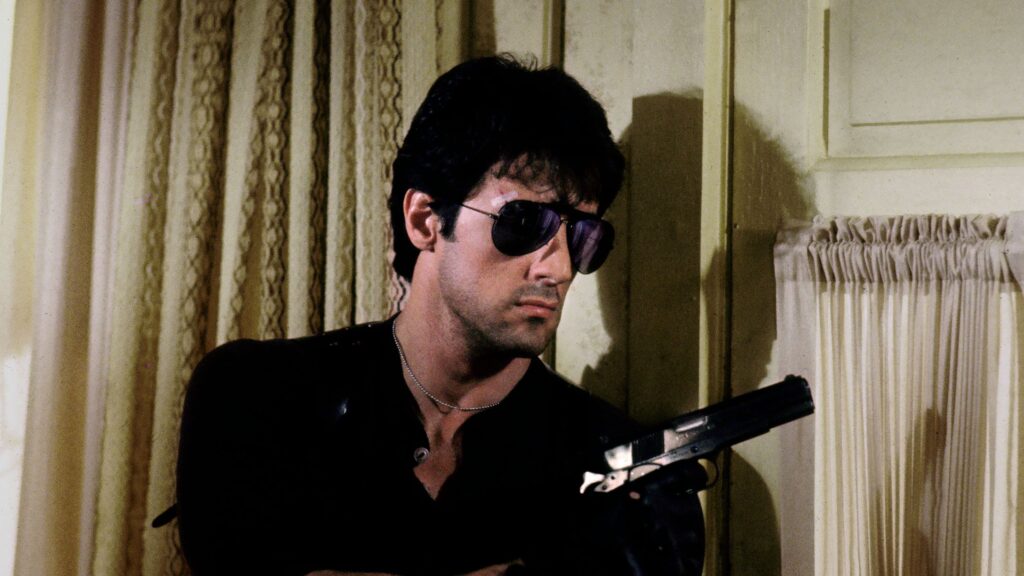
Sylvester Stallone in Cobra (Photo/Warner Bros.)
Reception for Cobra
Cobra grossed $15.7 million on its opening weekend, finishing No. 1 at the box office for Memorial Day weekend in 1986.
The film would gross $160 million worldwide.
Gene Siskel gave the film two and a half stars in his review, comparing it to Dirty Harry while saying “Whereas Clint Eastwood simply would have squinted at Robinson, Stallone takes a more violent approach. Maybe that’s the difference between actors–Eastwood can be droll; Stallone more often crosses the border to primeval.”
Legacy
Cobra is a classic ’80s action flick that doesn’t apologize for its over-the-top violence and straightforward approach. It’s a film for those who appreciate a strong, silent protagonist who gets the job done, no matter the cost. While it may not be for everyone, it remains a cult favorite for its unapologetic embrace of the action genre’s conventions and Stallone’s iconic portrayal of a true cinematic tough guy.

